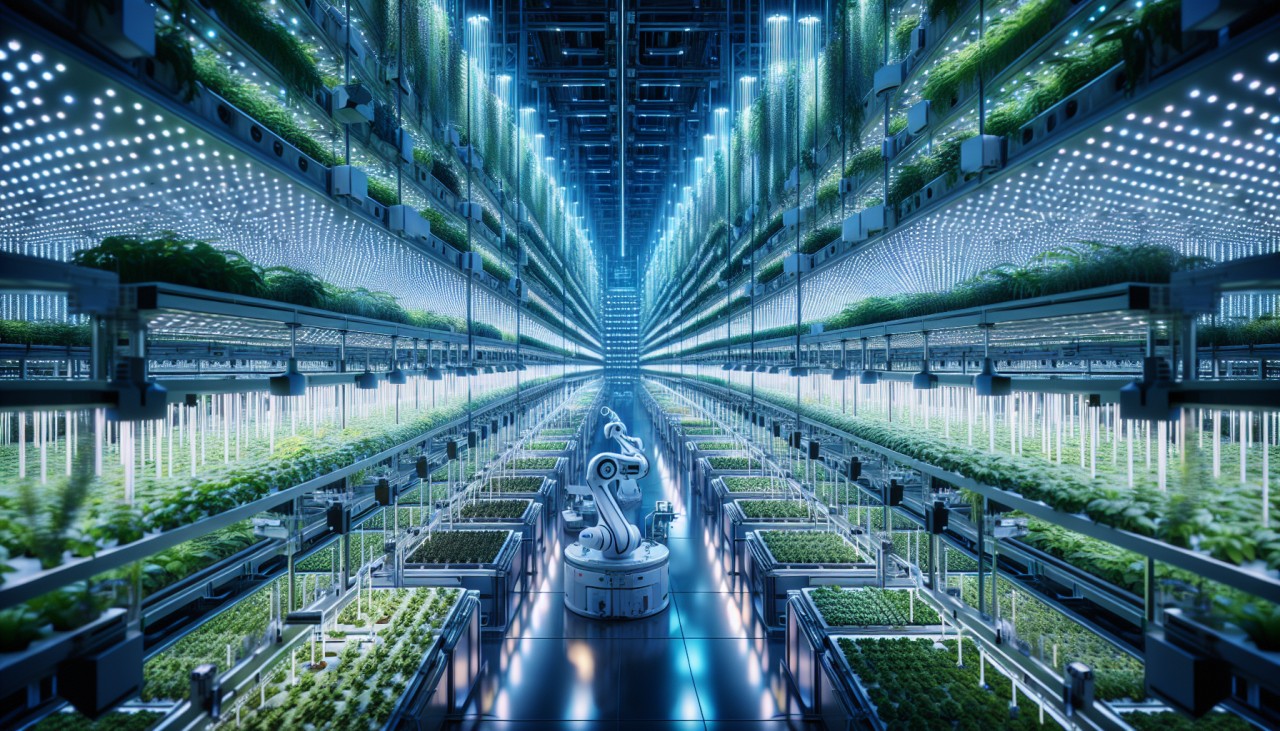


Vertical farming is undergoing a technological renaissance, with automation and artificial intelligence (AI) at the forefront. Automated systems now handle tasks such as planting, watering, and harvesting, significantly reducing labor costs and human error. AI algorithms monitor plant health, adjust environmental conditions, and predict optimal harvest times, leading to better yield management. For instance, AI-powered sensors and monitoring systems enable real-time adjustments to temperature, light, and nutrients, optimizing crop yields and reducing waste. agritechtomorrow.com This integration of technology not only streamlines operations but also enhances the scalability of vertical farms, making them more adaptable to various environments, including urban settings. The use of advanced sensors and data analytics allows for precise monitoring of plant conditions, facilitating optimized nutrient delivery, water management, and pest control. green.org
Sustainability remains a cornerstone of vertical farming's appeal. Modern farms utilize hydroponic and aeroponic systems, reducing water usage by up to 90% compared to traditional agriculture. agritechtomorrow.com Additionally, the adoption of renewable energy sources, such as solar panels, powers many vertical farms, further decreasing their carbon footprint. miilkiiagrow.com These practices not only conserve resources but also contribute to local food production, reducing the carbon footprint associated with transporting food over long distances. As consumer demand for fresh, locally sourced produce grows, vertical farming is well-positioned to meet these needs while promoting environmental sustainability. vertical.mt